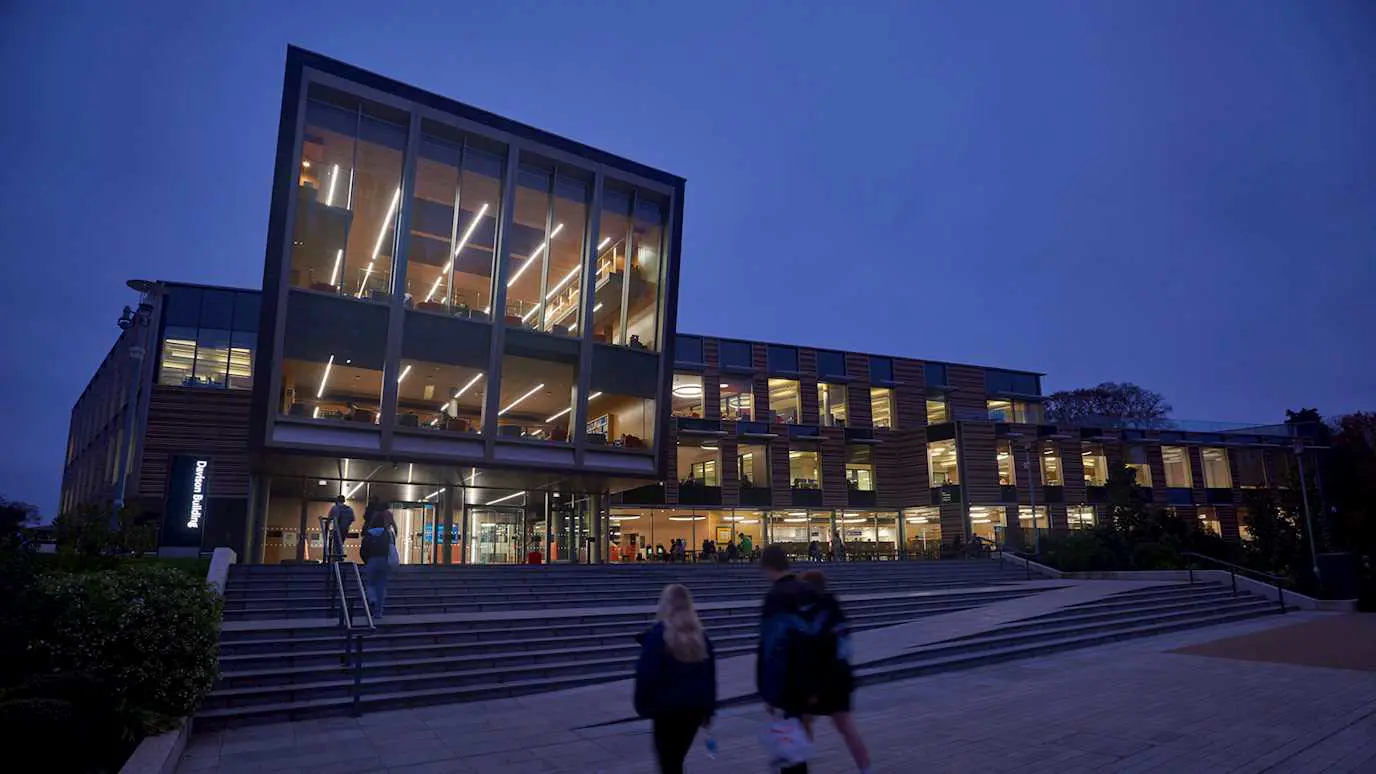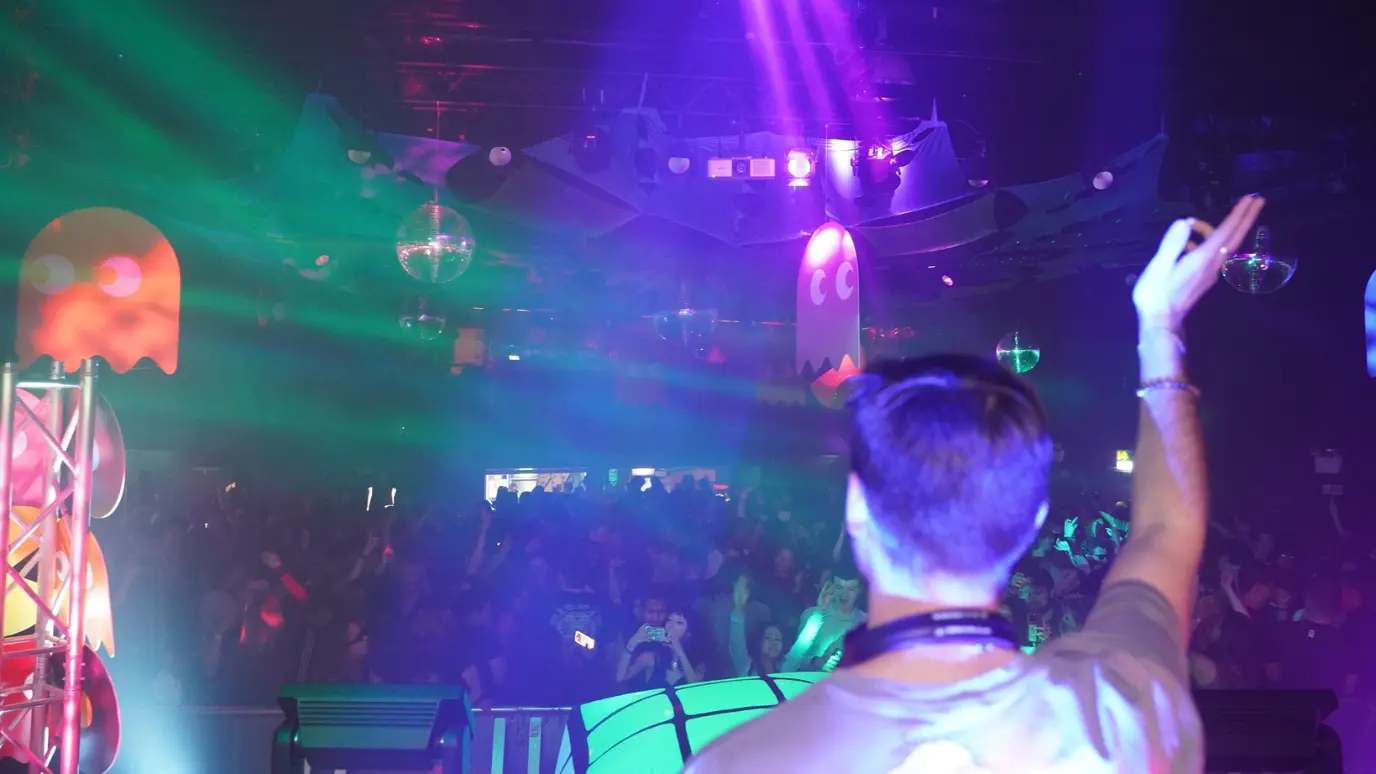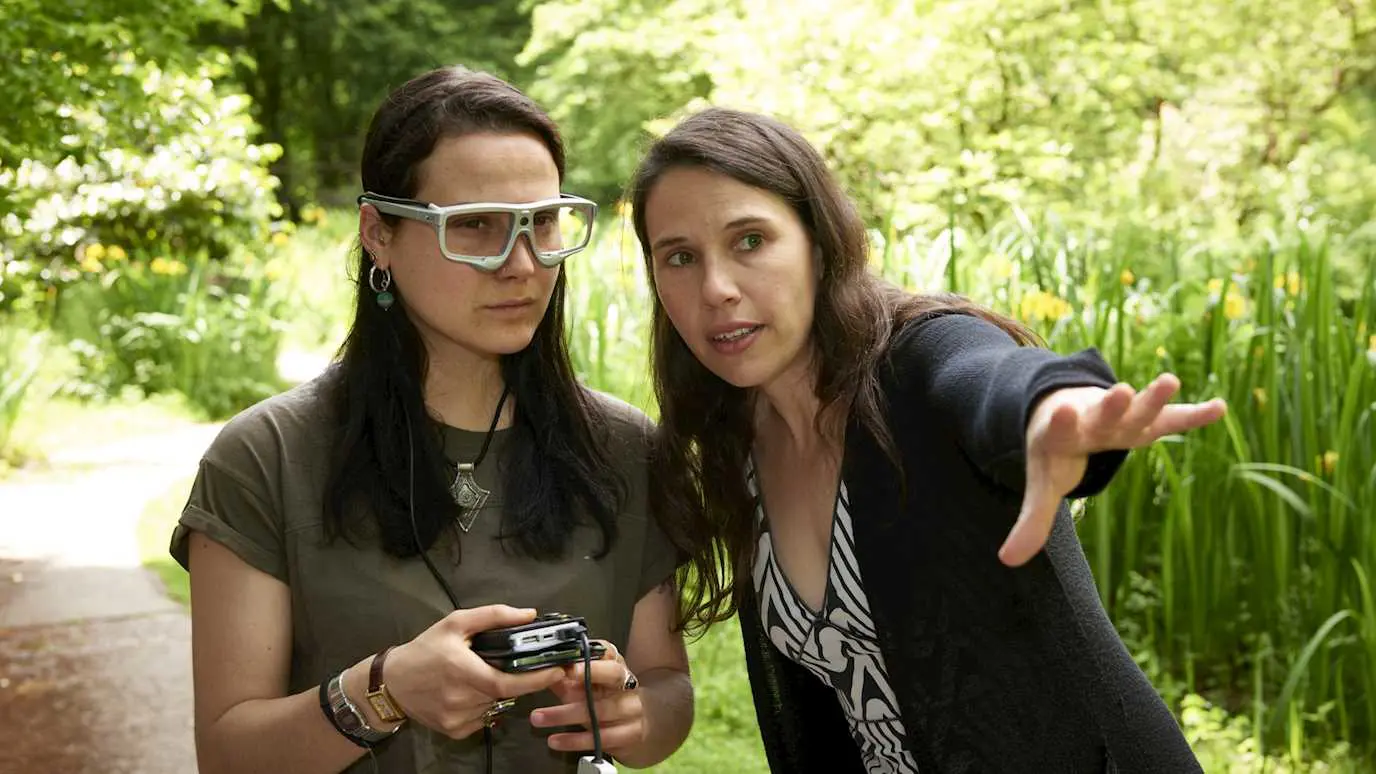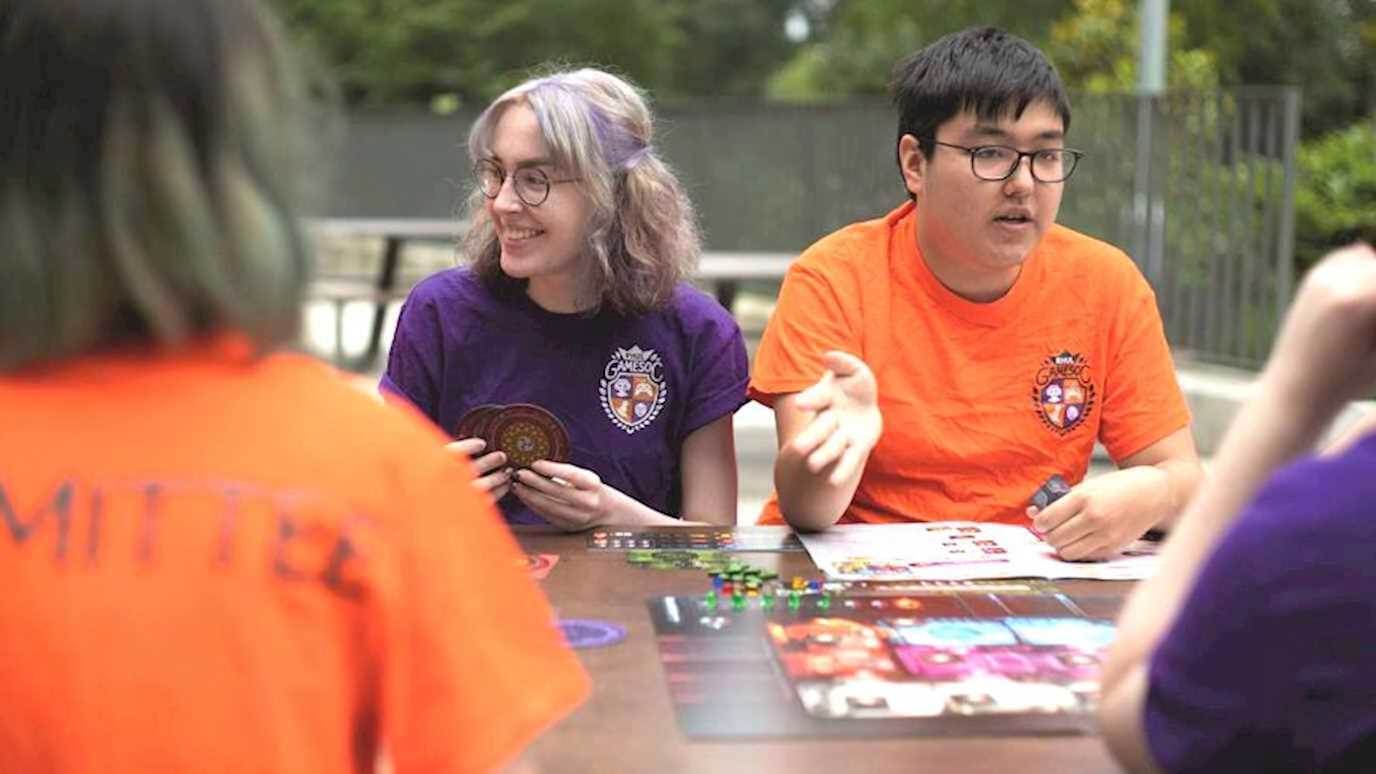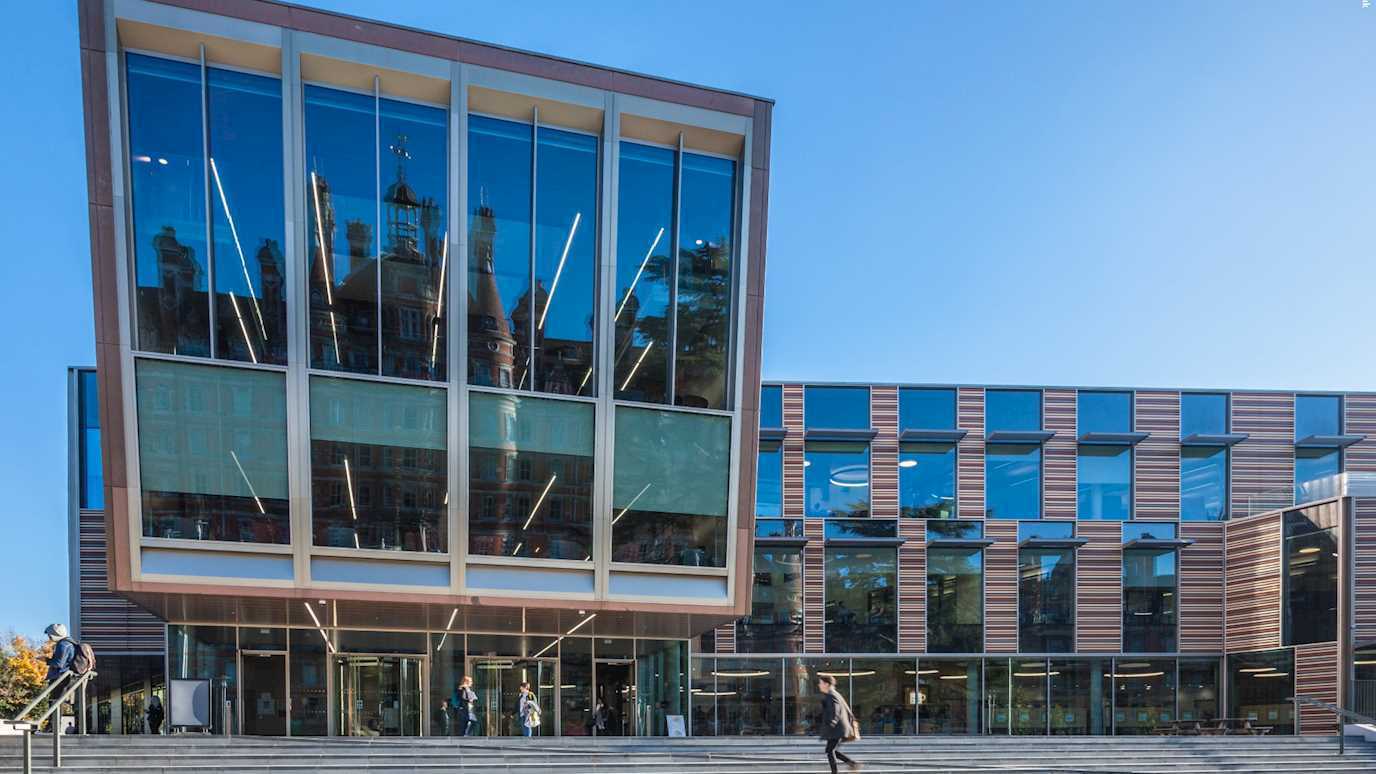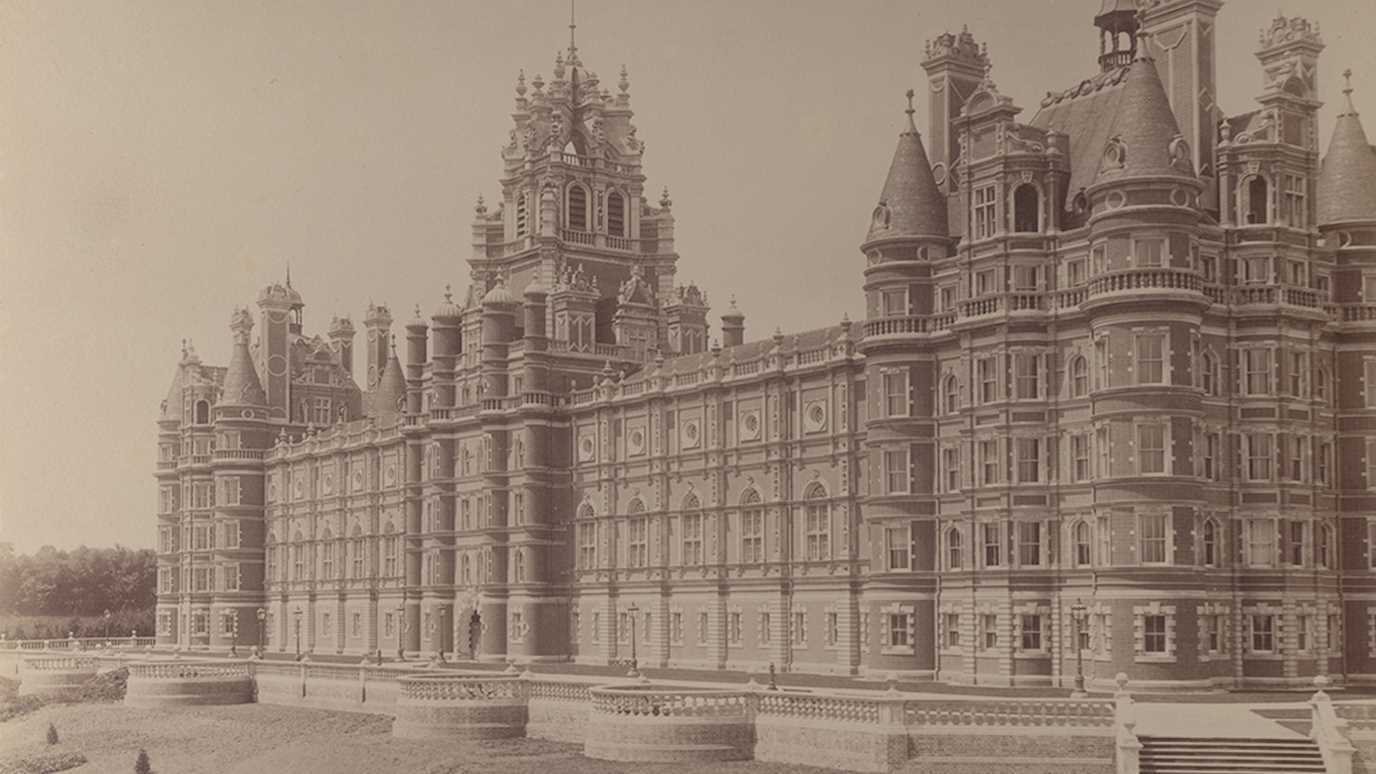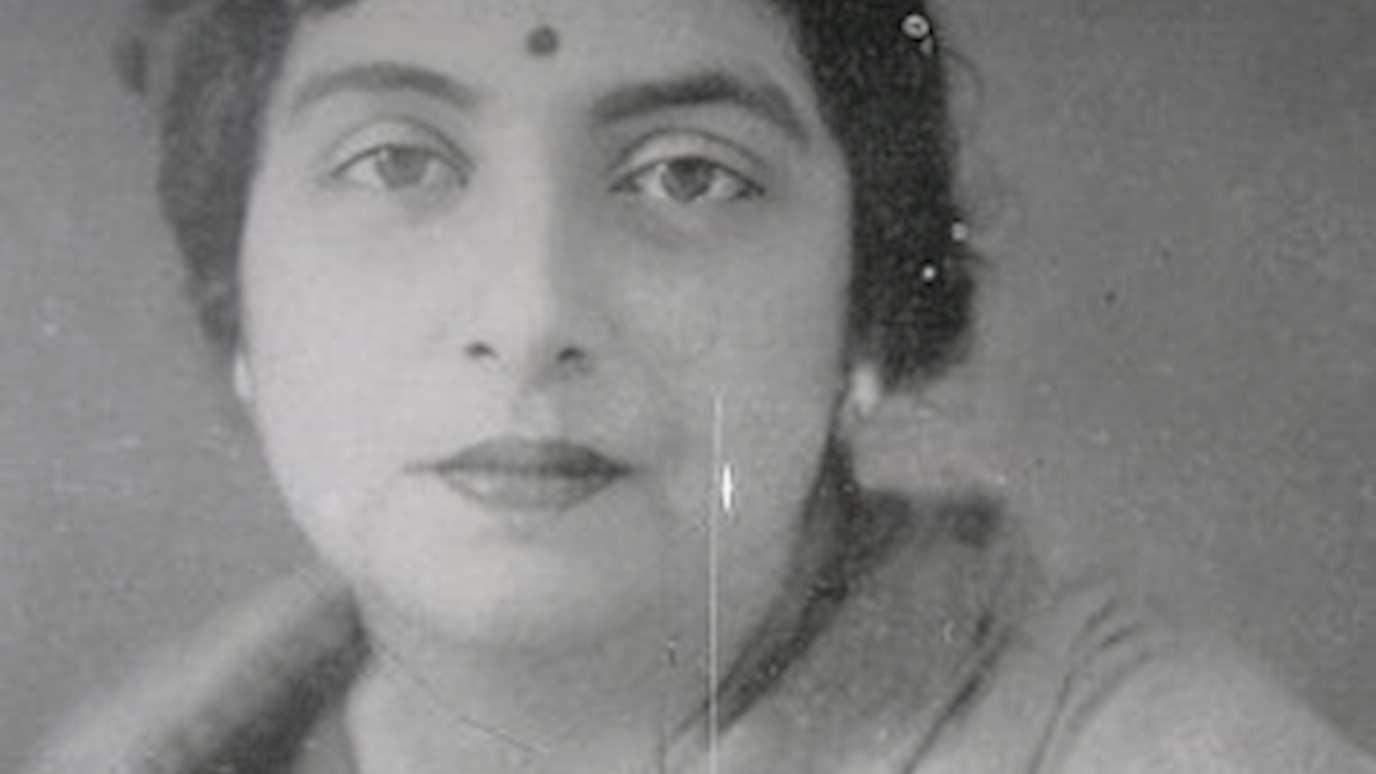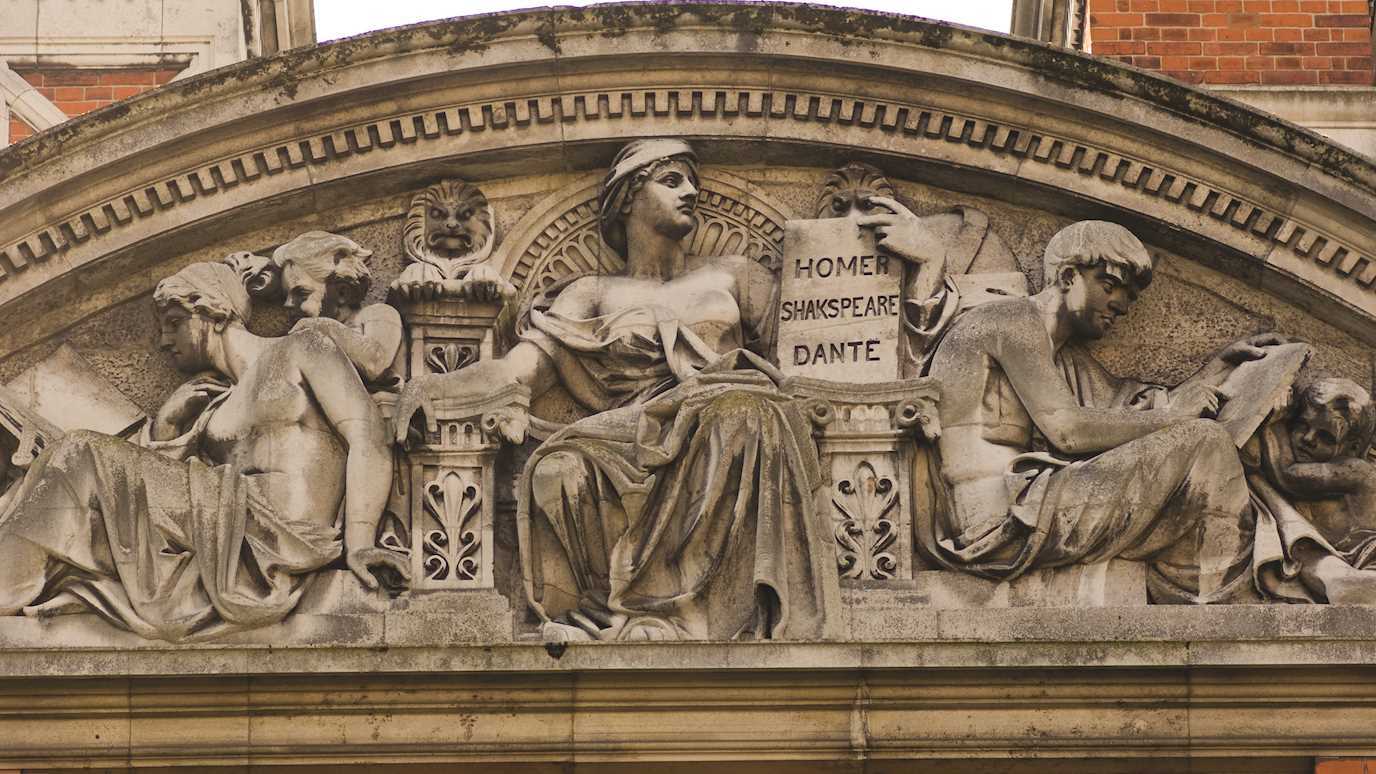Dr Will Shuler, Senior Lecturer in Drama and Theatre Studies
Historical Context
Broadly there are four parts to the ancient Greek theatre.
- Skene- where the actors performed
- Orchestra- where the chorus sang and danced
- Parodos- where the chorus entered and exited from
- Theatron- where the audience watched
There are three tragic playwrights whose work is extant: Aeschylus, Sophocles, and Euripides. Aeschylus wrote only two actors on stage at a time; whereas, Sophocles and Euripides wrote three.
Audience members sat far away from the singing, dancing chorus. They sat even further away from where the actors performed.
The theatre was part of a civic and religious festival. If citizens could not afford a ticket, it was subsidised by the city.
Key Ideas
The way stories were told in ancient Greek theatres were influenced by the space they were performed in. By considering the theatre space, it can be imagined how the text was structured to be performed.
Masks were used not only for aesthetic reasons, by to project image and character out to the audience.
The limited number of actors on stage at time allowed audiences at a distance to better understand which character was talking.
The semi-circular seating meant that audiences could also see their fellow audience members’ reactions.
Things to Think About
When staging a Greek tragedy today, how does the playing space impact the text? If the theatre space is small, will the big emotions of the actors and large movements of the chorus read as melodramatic? If so, what can be done to counterbalance this?
Further Reading
Ley, Graham. The Theatricality of Greek Tragedy: Playing Space and Chorus. (2007)
Goldhill, Simon. How to Stage Greek Tragedy Today. (2007)
Wiles, David. Tragedy in Athens: Performing Space and Theatrical Meaning. (2008)



